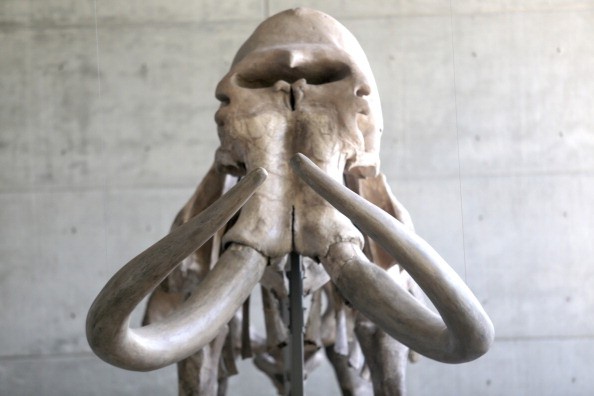This little piece of mammoth ivory discovered in a cave in what is now Poland might prove to be significant in human history.

Discovery of the Mammoth Bone Piece
As per recent archaeological investigation of the artifact, It is the oldest known piece of ornated jewelry produced by Homo sapiens in all of Eurasia, according to a recent archaeological investigation of the object.
It's a pendant crafted from mammoth bone with little holes that were found at the Stajnia Cave archaeological site in Poland in 2010, according to Science Alert.
It was discovered approximately 41,500 years ago, during the Upper Paleolithic, around the same time that H. sapiens began to spread over Europe, according to the new research.
That would make the discovery even more stunning, but it isn't finalized yet. Despite the fact that the research was published in Scientific Reports, there seems to be some disagreement, with a review now ongoing to address undisclosed issues.
"Determining the exact age of this jewelry was fundamental for its cultural attribution, and we are thrilled of the result," says Sahra Talamo of the University of Bologna in Italy.
"If we want to seriously solve the debate on when mobiliary art emerged in Paleolithic groups, we need to radiocarbon date these ornaments, especially those found during past fieldwork or in complex stratigraphic sequences."
Also Read : Scientists to Ressurect Woolly Mammoths, Other Extinct Animals Amidst Ethical Controversy
Punctured Pattern of Decorated Mammoth Ivory Objects
The pendant, which was found with a horse bone awl from the same period, is extremely interesting. It is 4.5 centimeters (1.8 inches) in length and is adorned with a lengthy, uneven loop of at least 50 small imprints that might represent puncture marks.
Other decorated mammoth ivory pieces found in France and Germany, the dating of which has been inconclusive, have a similar type of geometric, pierced patterning.
In Europe, somewhat earlier pendants made of materials such as bear teeth have been discovered. This, on the other hand, is the first to be recognized as having a pattern imprinted on its surface.
Because human body ornamentation and adornment are among the first expressions of symbolic behavior, archaeologists and anthropologists are interested in determining when and how it emerged in various cultures and different places in the world.
Reconstructing the Objects in Three Dimensions
The researchers noted in their report, that timing when and where personal decorations emerge in the archaeological record is vital for recreating the trajectories of abstract thinking of archaic people and understanding how figurative representations altered through time.
They used micro-tomographic scans on the pendant and awl in addition to radiocarbon dating. The researchers were able to recreate the artifacts in three dimensions, allowing for thorough measurements and examinations of the artifacts that were previously too fragile.
They came to the conclusion that the pendant was most likely thrown there when it broke, where it was buried under the cave floor and discovered tens of thousands of years later.
The meaning of the dot loop is unknown. It might be a lunar analemma or it might just be that whoever produced or wore it loved the design - but the fact that identical patterns have been discovered on other artifacts from all around Europe, all made totallly independently, suggests some type of symbolic meaning.
Future investigations of these mysterious patterns, including the exact radiocarbon dating of the other artifacts, may reveal what that is.
For more news, updates about mammoths and similar topics don't forget to follow Nature World News!
© 2026 NatureWorldNews.com All rights reserved. Do not reproduce without permission.





